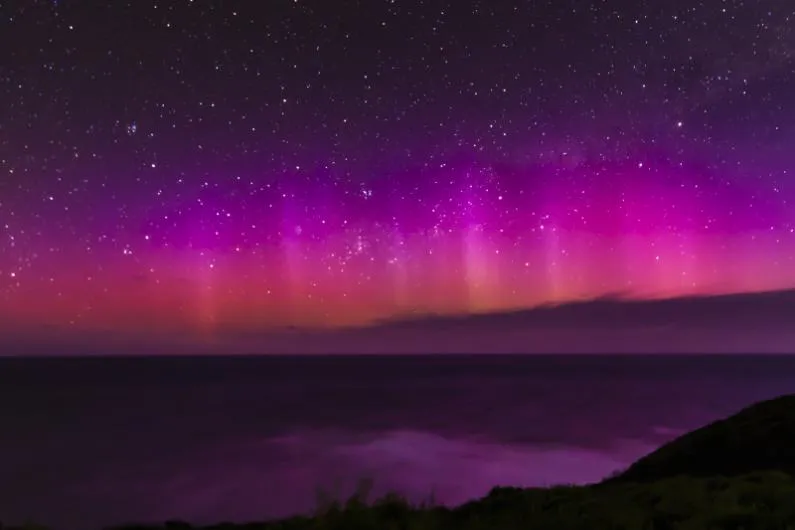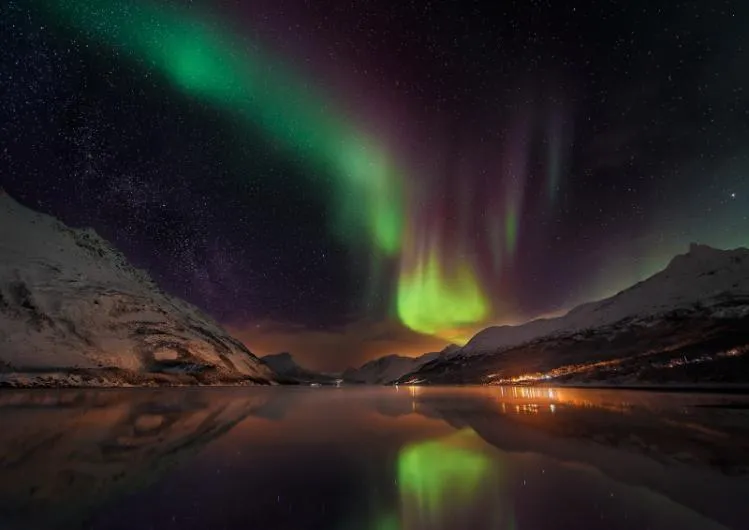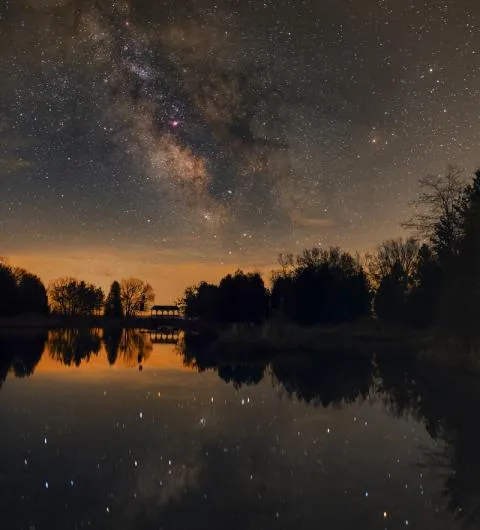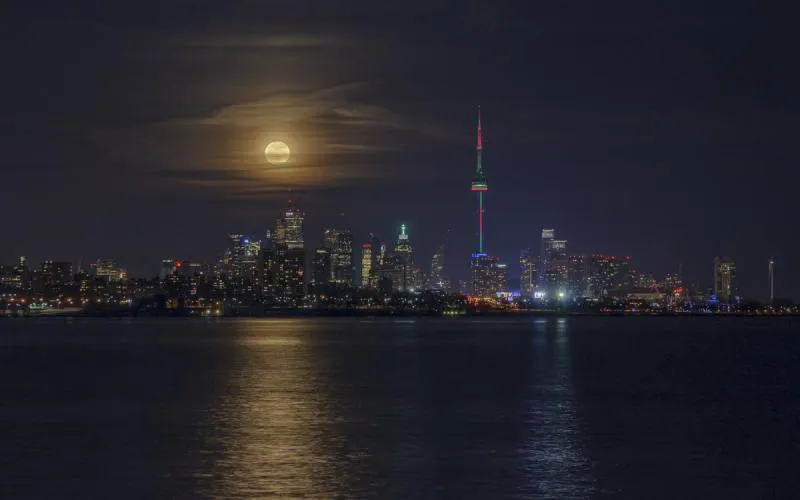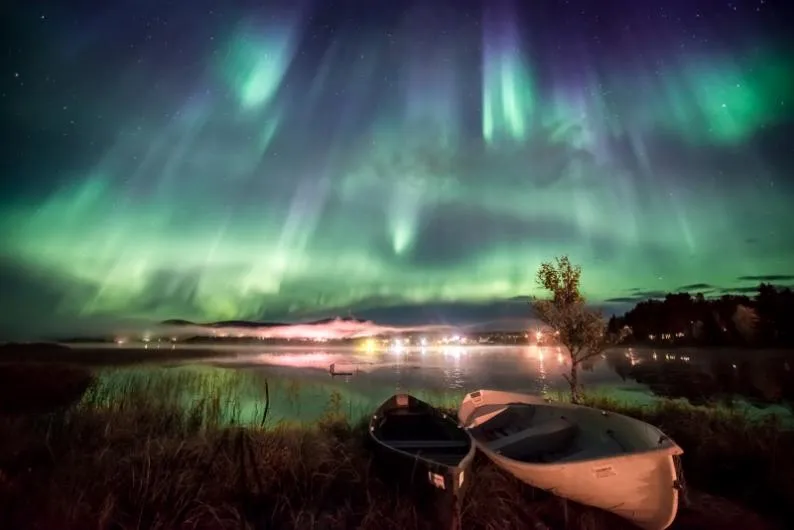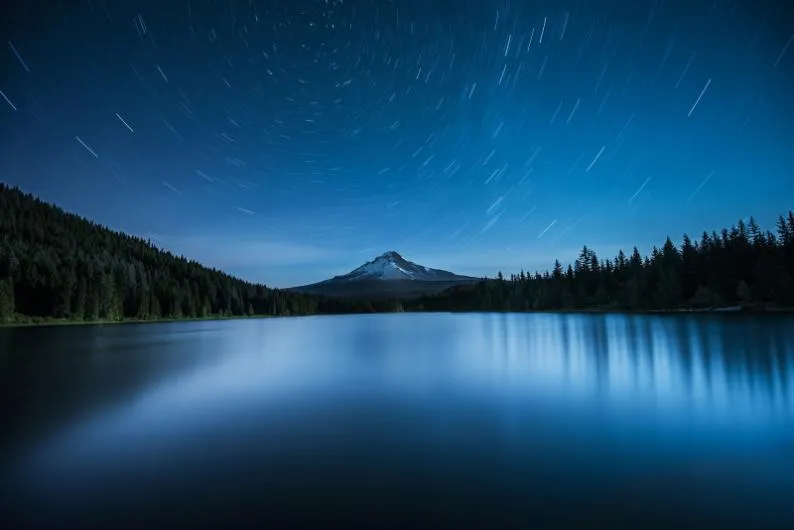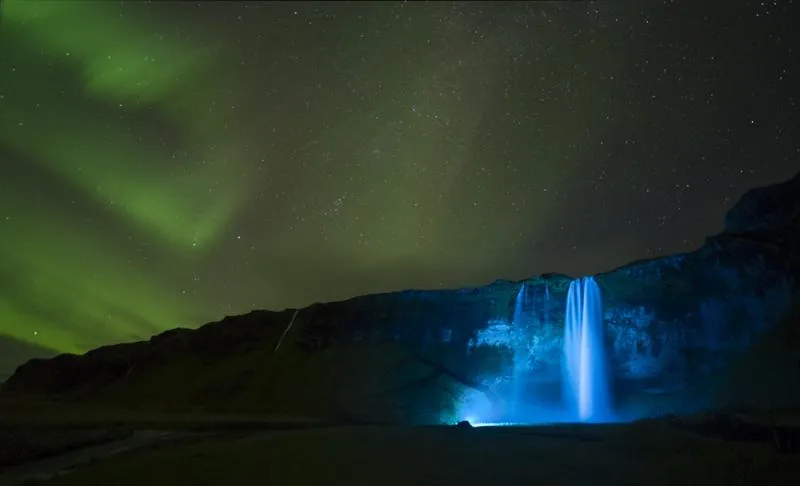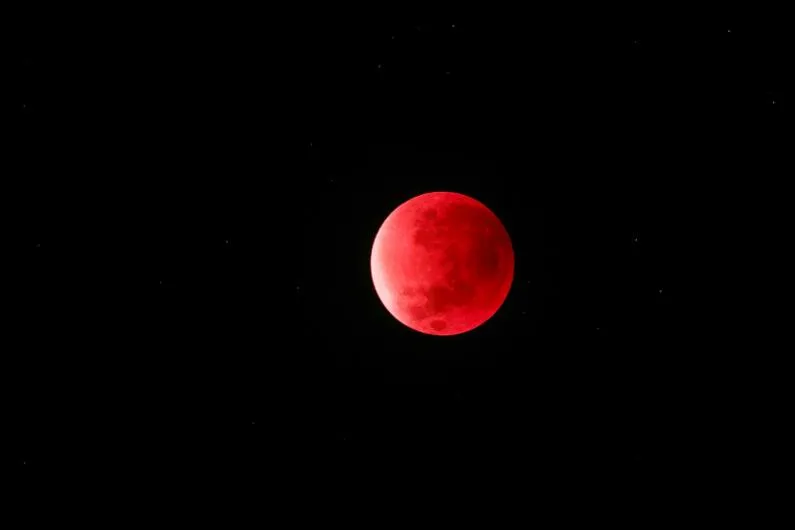There are now just two weeks left to enter this year'sInsight Astronomy Photographer of the Year competition.
Run by the Royal Observatory Greenwich in association with Insight Investment and BBC Sky at Night Magazine, the competition encourages astronomers and photographers alike to capture their best images of the night sky for the chance to win a top prize and a place in an exhibition at the observatory.
This year’s competition closes at 12pm (BST) on 14 April, so if you haven’t yet submitted your entry, there is still time to do so.
The winner of IAPY 2015 will take home a top prize of £10,000, and there are nine main categories in which to wow this year’s judges:
- Skyscapes:Landscape and cityscape images of twilight and the night sky featuring the Milky Way, star trails, meteor showers, comets, conjunctions, constellation rises, halos and noctilucent clouds, alongside elements of earthly scenery.
- Aurorae:Photographs featuring auroral activity.
- People and Space:Photographs of the night sky including people or a human interest element.
- Our Sun:Solar images including solar eclipses and transits.
- Our Moon:Lunar images including lunar eclipses and occultation of planets.
- Planets, Comets and Asteroids:Everything else in our Solar System, including planets and their satellites, comets, asteroids and other forms of zodiacal debris.
- Stars and Nebulae:Deep-space objects within the Milky Way including stars, star clusters, supernova remnants, nebulae and other intergalactic phenomena.
- Galaxies:Deep space objects beyond the Milky Way including galaxies, galaxy clusters, and stellar associations.
- Young Astronomy Photographer of the Year:Pictures taken by budding astronomers under the age of 16 years old.
Returning again this year are two special prizes in the shape ofThe Sir Patrick Moore Prize for Best Newcomer, awarded to the best photo by an amateur astrophotographer who has taken up the hobby in the past year, andRobotic Scope, for images taken using a computer-controlled telescope.
This year's judges include Turner prize-winning artist Wolfgang Tillmans, The Sky at Night presenter Dr Chris Lintott, Royal Observatory Greenwich Public Astronomer Dr Marek Kukula and BBC Sky at Night Magazine editor Chris Bramley.
As a taster of what to expect from this year's competition, the Royal Observatory Greenwich has released some of the images submitted in 2016 so far.
So have a look, get inspired and get snapping!
To enter and for more information, visit the IAPY 2016 web pagehere.
A Star is Born © Paul Howell
Priddy, England, United Kingdom
Taken from the village of Priddy in Somerset, England, this image shows the Running man and Orion Nebulae about 1,500 light years away from Earth.
It was taken using a canon 6D and sigma 170-500mm lens mounted on a Skywatcher star adventurer tracker.
The 4th time the photographer used the tracker also yielded his first useable image, made using 80 x 92 second exposures along with 20 Dark frames and 20 bias frames stacked using Pixinsight software.
Aurora Australis © Russell Wiltshire
Anglesea, Australia
A vibrant aurora australis, also known as the Southern Lights, overlooks the Bass Strait, Australia.
Captured on 7 November 2015, adjacent to the Point Addis Marine National Park, the natural lightshow was the result of a moderate G2 level geomagnetic storm due to an earlier coronal mass ejection from the Sun.
Aurora over Laksvatn Fjord © Matt Walford
Laksvatn, Norway
Photographed in February 2016, the Aurora Borealis, or Northern Lights, danced over a Fjord near the town of Laksvatn, with the Milky Way looking to the left.
The beautifully still Fjord reflects the vivid colours swirling in the night sky above, with the orange tints of the town lights in the background.
The image is a single shot with no compositing, only post processing to bring out the Aurora, and some colour corrections.
The photographer commented, ‘I love the way the northern lights look like they are just wistfully dancing over the Fjord, framed by the mountains on either side’.
Bridge between Stars © Lynn Hilborn
Grafton, Ontario, Canada
A passing storm clears the air over a pond on the north shore of Lake Ontario, and a covered footbridge lies between the seas of stars – in the night sky above and reflected in the water below.
Achieved with a single 20 second exposure using a Canon 6d camera, the image was taken at the Nauwatin Nature Preserve, Grafton, Ontario.
Christmas 2015 Full Moon Rise © Andrew Yee
Toronto, Canada
The Full Moon rises over downtown Toronto on the evening of Christmas 2015, overlooking the CN Tower, which displays a Christmas lighting scheme for the festive season.
The thinning cloud layer seen across the face of the Moon acted as a natural filter to reduce its brightness, offering the photographer a chance to try imaging the moonrise over the colourful skyline.
The photographer had long wondered whether it would be possible to photograph such a moonrise scene and finally decided to take the technical challenge with his eight-year-old camera and was fortunate enough to obtain a memorable image.
Earth’s Rise through the Universe © Gianni Krattli
Hilo, United States
Taken from the highest mountain of Hawaii, Mauna Kea (4208m), overlooking the lava fields of the Big Island. At this point the camera was standing at a height of approximately 3000m, capturing more stars than the photographer had ever done so before.
The Milky Way mirrors the alignment of the horizon soaring over the volcanoes Mauna Loa (4169m) to the left, and Hualalei (2521m) on the right hand side.
Heart without a Soul © Rob Little
Corbridge, United Kingdom
The Heart Nebula or IC found some 7,500 light years away from Earth in the constellation of Cassiopeia.
The photographer used selective colour changes to bring out the gold/brown/turquoise motif to make the image more striking.
Kayaks © Marcus Kiili
Äkäslompolo, Finland
Vibrant aurorae in varying hues of blue and green swirl across the southern sky over Lake Äkäslompolo in Finland.
The photographer remembers the difficulty of choosing where to capture the phenomenal display as the night sky was overtaken by the light show.
Monument Stars © Albert Dros
Monument Valley, United States
Despite being taken during the Lunar Eclipse of 2015 the photographer actually didn't shoot the moon, but took the opportunity to capture the amazing dark sky that presented itself.
Coming from a country (the Netherlands) with so much light pollution, this marked the first time the photographer had seen the Milky Way so clearly.
The red glow in the sky is from the extraordinary atmosphere during the Lunar Eclipse, and the photographer remarked that it was, ‘An experience I will never forget.’
This shot is a panorama comprised of three vertical shots.
Polaris over Mount Hood © Garrett Suhrie
Gov't Camp, Or, United States
The North Star, Polaris, lines up almost perfectly with Mt. Hood, Oregon, and reflects almost symmetrically in the beautifully serene, Trillium Lake.
The photographer used a 20 minute exposure to create the star trails charting the rotation of the Earth, that add more symmetry to the image.
Seljalandsfoss Aurora © Paul Andrew
Seljalandsfoss, Iceland,
Taken during the photographer’s most recent stay in Iceland whilst running a photography workshop, the prospect of a clear evening on the 11th October resulted in this stunning image of the aurora whirling above the waterfall (which was bathed in blue light) in Seljalandsfoss.
Supermoon Eclipse 2015 © Peter Folkesson
Boras, Sweden
On 28 September 2015, a supermoon coincided with a lunar eclipse, resulting in this photograph of the Moon appearing a striking shade of red.
A lunar eclipse occurs when the Moon passes directly behind the Earth and is cloaked by our planet’s shadow and the only light that can be seen is refracted through it, creating the unusual colour of our natural satellite.
Due to its red hue, a lunar eclipse is often referred to as a ‘Blood Moon’.
The Horsehead Nebula © José Jiménez Priego
La Jonquera, Spain
Situated in the constellation of Orion approximately 1,500 light years from Earth is the Horsehead Nebula or Barnard 33.
The appearance of its swirling cloud of dust and gases resembling a horse’s head when viewed from our planet has made it a popular target for astrophotographers and one of the most recognisable nebulae we know of.
The Journey © Javier Martinez Moran
La Palma, Spain
The Milky Way arcs over the Caldera de Taburiente National Park in La Palma, Spain.
The lights from Tenerife, La Gomera and El Hierro island are also visible in the distance.
The image is an 18-shot panorama.
While the Town Sleeps © Ross Campbell
Innerleithen, United Kingdom
A rare glimpse of the Aurora Borealis from the Scottish Borders town of Innerleithen.
The photographer had witnessed the spectacle this far south once before, this instance was much more intense and vivid than the previous sighting.
Using the viewpoint of an old Roman Hill Fort to get above the sleeping town below, the photographer captured the rare occurrence of the aurora in that location of the UK.
The low cloud, lit up orange by the city lights of Edinburgh in the distance, adds to the variety of colour and contrast of the image.

